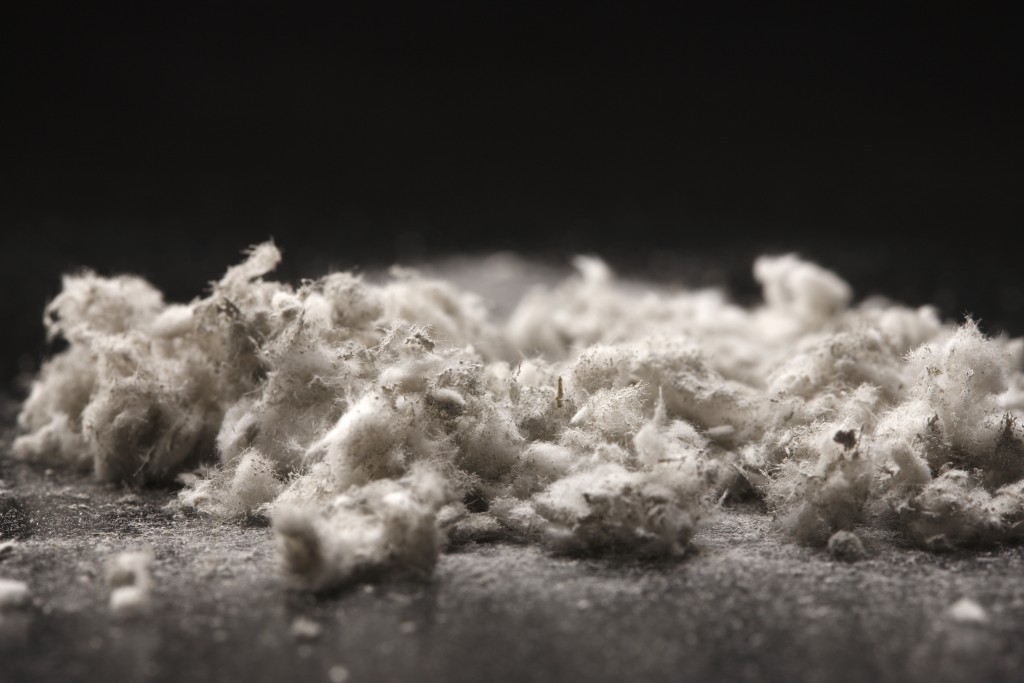Fourteen million homes—these are the UK properties likely to have asbestos, according to a 2011 report. Although the country already banned this popular material, it didn’t occur until 1999.
Asbestos, which is from silicate minerals, is a popular building material because of its excellent insulation properties. However, when it breaks down, its particles can be so small a person can inhale it.
Exposure to asbestos can then increase the risk of respiratory disease and mesothelioma, a rare cancer of the lining of the lungs called mesothelium. Worse, it usually takes a decade before the symptoms appear. By then, the disease might already be in advanced or terminal stages.
Because of the danger, experts advise homeowners to choose their property wisely. But what if you end up living in a home with one? What will you do?
1. Call an Asbestos Removal Specialist
If your home has been built on or before 1999, it’s safer to assume that it has asbestos. Call a removal specialist to help you investigate and get rid of it. Since this is a threatening material, not everyone can handle it. The country also provides training and licenses for professionals.
During the removal, the company might advise you to live elsewhere in the meantime. This will help lessen your exposure. The crew can also take care of the cleaning to ensure that no trace of the material remains in your property.
2. Change the Pipes
In the 2011 Guardian news, Peter Coling of a chartered surveyors’ group revealed that about 30% of the asbestos was used as ceiling coatings. Around 10% to 15% are in other parts of the home. These include:
- Flue ducts and pipes
- Floor tiles
- Storage tanks for cold water
- Eaves
- Gutters
- Outbuildings
- Fire protection materials
- Rainwater pipes
Although the specialists can remove asbestos, it will leave many parts of the house poorly insulated and even exposed. You, therefore, need something else as a substitute. For the pipes, you can consider polyethylene pipe insulation.
Polyethylene is a material that is heat resistant, which means it can manage temperature fluctuations. It also doesn’t corrode when exposed to chemicals and water. It doesn’t trap moisture, so homeowners need not worry about mold and mildew build-up.
3. Watch Out for Signs and Symptoms

Back in the day, a common practice among builders and contractors was to maximize the materials they had, including asbestos. That’s why sometimes they ended up in the most unusual places. Some of these might still be out of sight. Thus, they are hard to detect even by the removal specialists.
It doesn’t mean that your risk of exposure is low or zero. Some people can still be sensitive to it and develop conditions, such as asbestos poisoning. Some signs and symptoms include:
- Clubbing of the fingers, which can occur when the oxygen levels in the blood are low because of problems in the heart or lungs
- Difficulty in breathing
- Chest pain
- Loss of weight or appetite
- Swelling of the face and neck
Some symptoms might be like those of other chronic respiratory conditions and allergies. When you see a doctor, make sure you raise your concern about asbestos exposure. This way, they can perform other tests.
Although asbestos is a severe problem for homeowners, solutions are available. You just need to pay more attention to their presence and get help right away.

